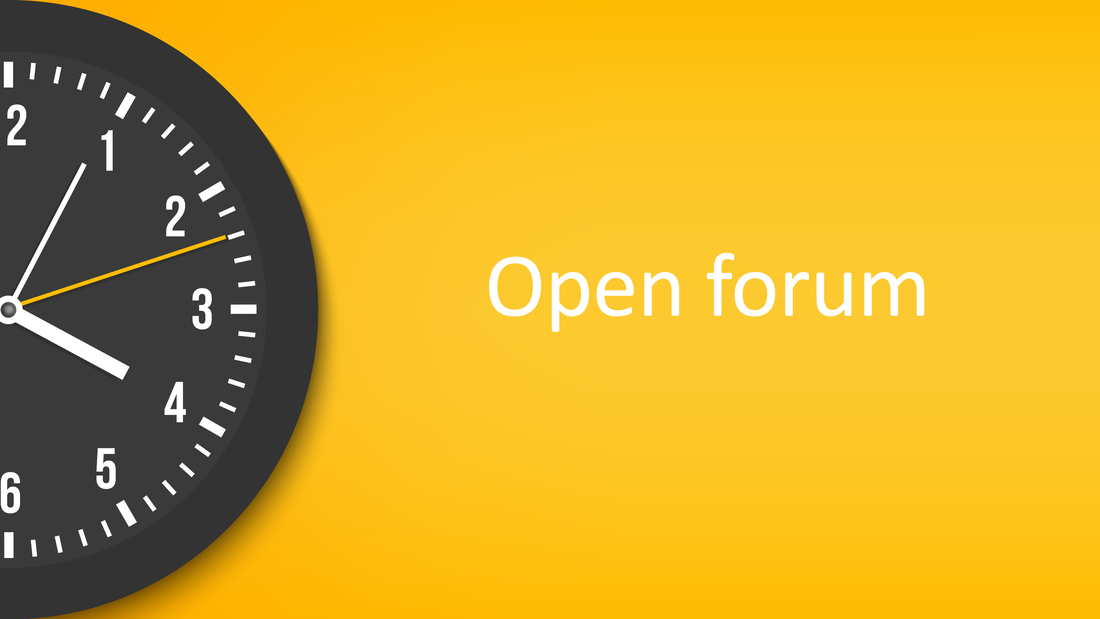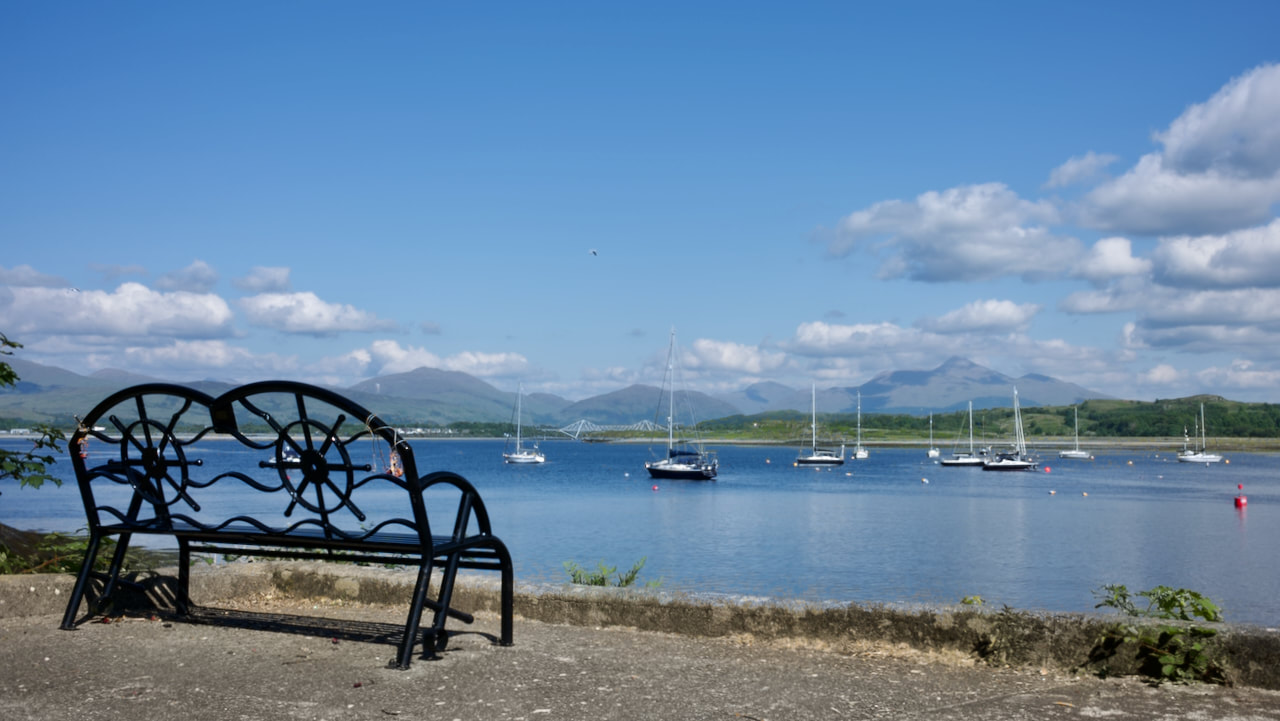|
Questions of where we came from, why various things happened or evolved as they did, and what we can learn from them to guide us as we live our lives fascinate many people—me included. From neo-lithic henges and stone circles, to the development of more recent industrial-scale enablers (notably, the wheel, the printing press, manufactories, the motor car and the Internet), man has long been fascinated with history, innovation and possibility. When we ponder historical developments and innovations such as the examples noted here—and other foundational things like language, writing, mathematics, ethics and civics—we gain insight to apply in our daily lives or use as a springboard to try to make new discoveries. This maxim applies personally, in family and social groups, and more broadly in society—and if we ignore it, it may be to our peril. The idea of learning from those who have gone before us is applicable in organisations too. How else would individuals and teams know what to do? This is what learning and development departments organise, and why professional development programmes exist. In the realm of boards and boardwork, relevant questions include three I have been asked most often over the past two decades: What is corporate governance; what is the role of the board; and, how should governance be practiced? That these questions are asked so often suggests directors (at a population level) lack the knowledge needed to be effective. Helping directors and boards govern with impact is a calling for me, so when Mark Banicevich invited me to explore the history of corporate governance—well, make a fleeting visit across a few high points in the Western context—I jumped at the chance. Hopefully, the commentary is helpful. Do let me know whether you agree or disagree with the various perspectives, and why, because I’m no Yoda (use the comment section below, or contact me directly). Life is a learning journey for me as well!
0 Comments
Several times in the past year, I have been asked for advice, even to intervene, in situations where relationships between board members have become strained, or shareholders have fallen out—with each other or with board members—over differing expectations around returns and/or succession. Each situation has been both complex and demanding, for they involve people and human emotion. The following vignettes are illustrative of the types of things that can go wrong and the ensuing behaviours of various actors:
As is typical in board and shareholder matters, options are many and resolutions are far from clear cut. What options might a capable independent director consider in such circumstances?
These are questions of commitment and duty. Directors need to not only recognise this, but consider options amidst ambiguity, and work within the constraints of the law and what is ethically acceptable. Essentially, these questions ask how far a director is prepared to travel, how hard they are prepared to work, how long they might prepared to wait before enough is enough. Are they prepared to make decisions that may be unpopular or even unpalatable, because such decisions are in the best interests of the company? Will they go to the ends of the earth, so to speak? Or does the preservation of reputation rank more highly than acting in the best interests of the company—essentially, will they bail when the possibility of reputational damage arises (as several directors of Wynyard Group reportedly did just before the company failed several years ago)? Directors would be well-advised to have asked themselves these questions before they accept an appointment. They should also be prepared to act (step away) if the thresholds they set themselves are surpassed, or if they no longer have the expertise or courage to act. Of the directors you know, how many possess the wisdom and maturity to act diligently, in the best interests of the company?
Boards, and an oft-mentioned but mysterious concept—governance—are topical. Daily, it seems, these terms feature in our newspapers and on social media, usually because something has gone wrong. And when it does, the chattering class is not slow to react. Typically, the targets of their comments are the board and management of the organisation. That seemingly strong organisations suffer significant missteps—or even, fail outright—on a fairly regular basis is worrisome; the societal and economic consequences are not insignificant. What can be done? Recently, the inimitable Mark Banicevich invited me to discuss boardroom success and failure, and to offer guidance that boards wanting to lift their game may wish to consider. Hopefully, our discussion is helpful and enlightening. Regardless, I welcome questions and comments, either here or send me an email. This is my second conversation with Mark (the third will be published in May). If you missed the first, you can access it here: Governance around the world. Recently, I announced the findings of empirical research conducted over an eight year period. The aim of that research was to discover how many boards are fully aligned in relation to corporate purpose. The findings were staggering: five per cent of the participating boards—yes, one in twenty—were completely aligned in relation to corporate purpose. When asked, every director and executive had an answer, but only five boards (out of one hundred and three, to date) had one answer. How can any board do its job (make informed decisions, and provide effective steerage and guidance) if it has not first agreed on an objective (purpose) to work towards? Compare this situation with that of a plant. The example in the picture—echium vulgare, or, more commonly, viper's bugloss or blueweed—is as good as any. Echium vulgare, a native of Europe, is an introduced species in parts of north-eastern North America, south-eastern South America, and New Zealand. The plant is toxic to horses and cattle, but the bright blue flowers are very attractive to bees. And, despite the toxins in the plant, honey produced from the nectar is very tasty indeed! "So what?" you might ask. To compare a board and a plant seems a little odd. Yes, maybe, but please allow me to explain. E. vulgare, like all other plants, has a single purpose, which is to grow and reproduce. All the plant's energies are dedicated to this single goal, using the resources available to it. Nothing more, and nothing less. In contrast, many companies operate without an overarching and enduring goal, as the research mentioned above shows (save to make a profit). And that begs another question: how can any organisation realise its full potential without first establishing a clearly defined and achievable goal? 'Purpose' has become a hot topic in board, shareholder and stakeholder circles. Some have interpreted purpose to mean mission and vision: an overarching goal the company intends to achieve. Others have a different understanding—one that positions the company as a servant of society, as the question below illustrates: How can a company not be in the business of improving human health and making the world a better place? This question, posed by a US-based leadership consultant, positions purpose as a catalyst to influence or resolve an external societal or environmental situation. In effect, the underlying expectation is that the company prioritises something external and, most probably, well beyond the company's means and ability to influence, much less achieve. The difference between the two understandings is stark, as are the implications. Readers will, probably, gravitate towards one or other, and some may hold such strong views as to be offended by 'the other one'. And that is okay; shareholders and the board can strive to achieve whatever they want—such is their prerogative. What matters is that every board takes responsibility for answering the question, of why the company it is charged with governing exists. Essentially, "For what purpose?" Without this, the company will lack a North Star, and efforts to create a meaningful strategy, let alone allocate resources well and achieve high levels of performance, will be fraught. But, if purpose is clearly stated, and agreed and understood by every director and all key staff, the company will not only attain membership of a most desirable club—the Five Percent Club—the board will have established a robust foundation upon which a coherent strategy can be developed, resources allocated, decisions made, and the full potential of the company pursued. And that, I think, is a good thing.
Do you have a question about governing with impact, or driving organisational performance?22/8/2023 One of the great joys of being an independent advisor is the opportunity to spend time with people from a wide range of backgrounds; business and social experiences; walks of life; and, in my case, countries and cultures. The depth and breadth of humanity never ceases to amaze me. Paradoxically, a common thread runs amongst the diversity: people intent on improving organisational effectiveness and making a difference spend lots of time asking questions, lots of questions. When a question is asked from the floor after a keynote talk, during an advisory engagement or professional development workshop, or as part of a confidential discussion or informal chat, something mysterious happens: Both parties learn! This should come as no surprise, for no one has all the answers—although some people behave as if they do. Recently, I posed several questions board directors may wish to consider. The response to that musing has been overwhelming, so I thought an open invitation might be in order. If you have a question about any aspect of corporate governance, strategic management, board craft or the challenge of governing with impact—either personally or on behalf of a board you serve on—please ask and I will gladly respond. Use the comment link here or, if you prefer, send an email. Let's learn together!
I have spent four days in Australia this week, meeting with directors, advisors and a couple of institutional leaders in two state capitals. While the weather has been great, a few storm clouds [metaphorically, on the governance horizon] were apparent. Whether these are serious problems, or just differences of opinion, they strike me as being worthy of discussion. I’d be delighted if you would ponder the following situations, and share your thoughts to help me understand why boards, more often than not, erode value.
These examples demonstrate, to me anyway, that questions of what corporate governance is, the role of the board and how governance might be practiced are far from resolved. Directors and their advisors seem to be their own worst enemies. Flawed understandings of what governance is (the provision of steerage and guidance, to achieve an agreed strategic aim), and how it might be practiced, remain serious barriers to boards fulfilling their mandate, which is to ensure the enduring performance of the company. Why do some directors’ institutes, advisory and consulting firms, regulators, academics, and media commentators continue to discuss “best practice” and promote various matters that have little if any direct impact on achieving sustainably high levels of organisational performance? Surely attention needs to be on helping directors and boards do their job well, n’cest ce-pas? I have a few ideas to crack this problem, but I’m keen to hear what you think.
Board are funny things. They are comprised of selected individuals (directors, board members) charged with meeting together to consider various matters for the purpose of making decisions. While it is true to say directors meet, decisions are made by the collective whole—the board—not individual directors. Therefore, every decision is unanimous. Complicating matters, boards only 'exist' when directors meet, and board work is, largely, endogenous; so, they need to be coordinated—someone needs to 'drive' the board. The term 'chairman' (also, 'board chair, 'chair' or sometimes, 'chairperson') is the term used to identify the board member who carries such responsibilities—these being to convene the board’s meetings, ensure duties are discharged, and that steerage and guidance (that is, governance) is effective. But, as all directors are equal in law, the chair's role is exercised through influence, not command in any controlling sense. Given this, how should a board chair, well, chair the board? While there is no one 'best' way of chairing, the following characteristics are conducive to better outcomes:
Governance is tough because, inter alia, things change, sometimes unexpectedly; boards often need to make decisions without all the information they want; linkages between decisions and outcomes are contingent; and, directors' duties are unbounded. If boards are to govern with impact, chairs need to be alert: to ensure directors are actively engaged, and that they identify and consider relevant information, think critically and, together, make smart decisions in the best interests of the company. The chairs' priority is to convene the board and its work, and keep directors on track and the organisation safe. For this, a deft hand is needed.
I’ve been holidaying in Scotland this week, the first of two in the Highlands after whistle-stop visits to Edinburgh and Glasgow. I prefer the countryside over cities, the wide-open spaces and the scenery. The vistas in Scotland are especially magnificent, especially if the weather is fine, which it has been this week. Today, I saw the Jacobite Steam Train in action as it crossed the famous Glenfinnian Viaduct—well almost in action, for the chance of a wayward spark starting a fire in the adjacent bracken has limited this famous tourist experience to a push-me pull-you configuration with a heritage diesel locomotive bringing up the rear. The question, in my mind and the minds of others witnessing the viaduct crossing, was, “Which locomotive is actually doing all the work?” Or, more plainly, what is driving what? From the picture, the answer is not immediately obvious. However, the very presence of the diesel locomotive provides an important clue. And so it was. Today, the Jacobite Steam Train excursion was, in fact, the Jacobite Steam Train experience, powered by diesel. The visual imagery provides a powerful analogy for something else I saw today; a press release issued by the Institute of Directors entitled, “ESG must not neglect governance!” The headline implies that governance (from the Greek, meaning to steer, to guide, to pilot) is little more than a component of ESG (a means of measuring corporate performance). This, despite governance being the term that describes the work of the board of directors (the means by which companies are directed and controlled). But, reading on, the situation is not quite as it first seemed. Dr. Roger Barker, head of the policy unit, acknowledged the importance of boards taking non-financial (so-called, ESG) factors into account when making decisions. But he also noted the emergence of an “ESG industry” that has started to control various agendas, with little interest in the enduring performance of the company. And, with it, boards are being subordinated to a lesser role. Barker issued a strong call: to subsume governance within ESG may well result in the important work of the board in driving business performance becoming neglected. Bravo, Dr. Barker! This is exactly what institutions need to be telling their members and others interested in corporate performance: ESG is a measurement and reporting mechanism, no more and no less. The board of directors is duty-bound to ensure the performance of the company, now and into the future, a high calling. If it is to discharge its duties well, the board needs to remain in control, driving the agenda. In doing so, the board should consider various externalities including social and environmental factors), of course, but it should not be beholden to them or to those applying the pressure.
When aiming to achieve something in business, is it better to be good, or effective, or both? Should boards for example pursue good governance, or prioritise effectiveness? And, are these qualifiers mutually exclusive, or can a board claim both? These 'challenge' questions have beset contemporary boards of directors, more so as various stakeholders have sought to impose their expectations and ideological preferences onto corporate values, purpose, strategy and decision making. If these questions are to be considered and answered well, agreement on the meaning of the adjectives is necessary. To wit:
Instinctively, good governance sounds attractive. It satisfies a human condition; of doing the right thing and acting in the best interests of someone else (a particular stakeholder interest, for example). But what if doing the right thing has the effect of compromising the competitive position of the company; the achievement of agreed performance objectives; or, potentially, the viability of the company? And, what might be considered good by one person or group may not be upheld elsewhere. Turning to effectiveness, the threshold is more objective—either the goal is achieved or it is not. But, what if the pursuit of an agreed objective results in environmental or social harm, or some other negative consequence? That is not acceptable either. Given the extremes, some sort of balance is needed, in the same way that every board must ensure conformance requirements are satisfied (compliance, value protection) and performance objectives are achieved (value creation). If this is reasonable, should a different adjective be used, to more adequately describe the value of the board's work? My recommendation: drop goodness and effectiveness, for one (at least) is highly subjective and has become emotively charged (think, what ESG has become), and the other focuses more on the goal without necessarily considering unintended consequences. Ultimately, in extremis, neither is sustainable without the other. Instead, boards should pursue enduring impact. Boards that strive to be effective in role without incurring social or environmental harms are more likely to exert a positive and enduring influence beyond the boardroom (that is, have impact). As a result, they should be well-regarded by shareholders and legitimate stakeholders as well. The Strategic Governance Framework offers insights to boards intent on realising the full potential of the companies they govern.
And with little more than a blink, January 2023 is, nearly, done. January is, for me, a time to relax, reflect on the year past, spend time with family and friends, read and get ready for what lies ahead. In the last ten days, things have started to ramp up again: international calls, my first board meeting for the year, and local enquiries—all indicators that minds are turning to board work and the pursuit of sustainable performance once more. Soon, I shall be travelling again too, in response to requests to discuss corporate governance, board work, and the role of the board in realising organisational potential. After a good break, I not only feel ready for what lies ahead, but excited at the opportunity to help boards and directors, academics and regulators grapple with some complex issues. The first three trips for the year are scheduled, as below—and planning is already underway for several more in the months to come. While events and engagements are being loaded into the diary daily, some gaps remain, mainly in Singapore and England. So, if you want to take advantage of me being in your neighbourhood, best to get in touch soon! If you want to talk or meet, but the timing doesn't suit, let me know anyway—there will be opportunities later in the year.
|
SearchMusingsThoughts on corporate governance, strategy and boardcraft; our place in the world; and other topics that catch my attention. Categories
All
Archives
May 2024
|
|
Dr. Peter Crow, CMInstD
|
© Copyright 2001-2024 | Terms of use & privacy
|










